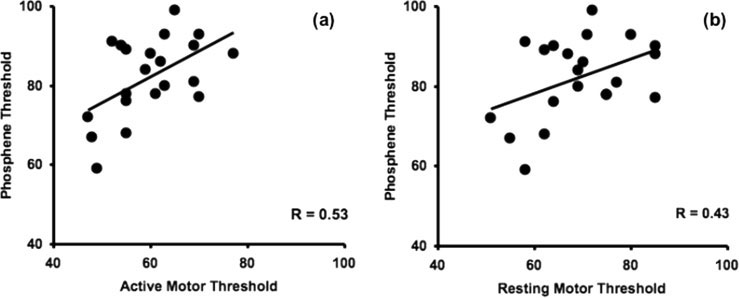Protocolli di idoneità.pdf
COMITATO TECNICO-DIRETTIVO DMTE DELLA PROVINCIA DI CREMONA PROTOCOLLI OPERATIVI PER L’ ACCERTAMENTO DELL’ IDONEITA’ DEL DONATORE DI SANGUE E DI EMOCOMPONENTI E LA VALIDAZIONE DELLE UNITA’ RACCOLTE Premesse • Le Strutture Trasfusionali e le Associazioni di volontariato collaborano per mettere a disposizione di tutti i candidati donatori materiale educativo

 r Human Brain Mapping 29:662–670 (2008) r
r Human Brain Mapping 29:662–670 (2008) r r Deblieck et al. r
r Deblieck et al. r